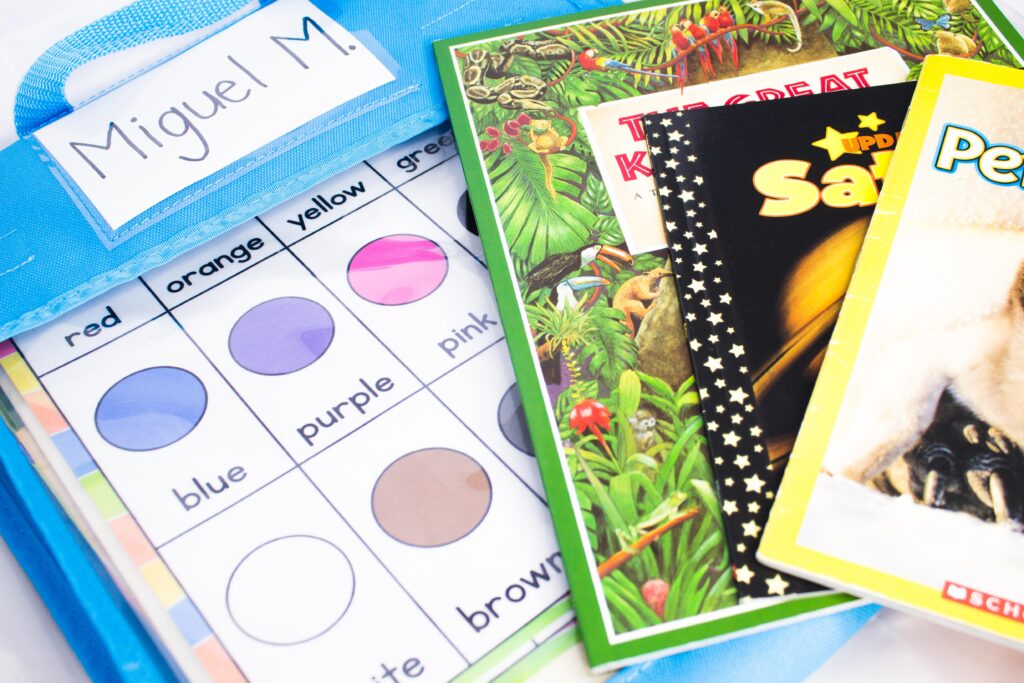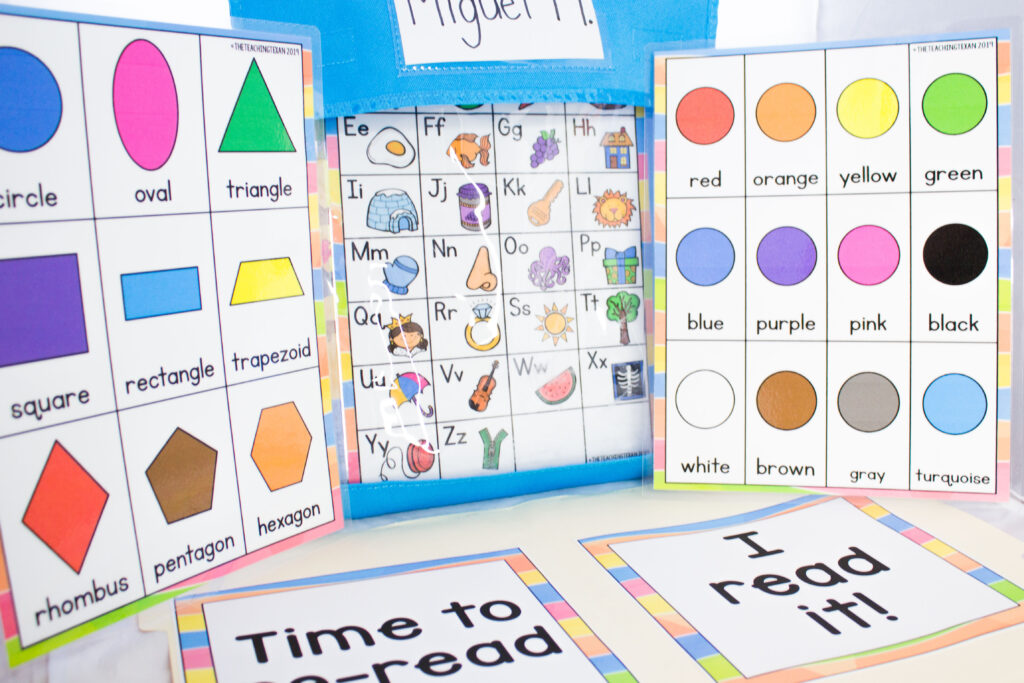Building Independent Readers One Book at a Time
By winter, you know your students well. You understand their capabilities, their abilities, their challenges and struggles. You’ve likely devoted LOTS of time during the fall building that literacy muscle, no matter what elementary grade you teach. If you’ve been following along with us, you’ve implemented some awesome guided reading strategies, mastered the organizational challenge of grouping your students correctly to their best advantage while simultaneously managing the rest of your class so they can be productive while students get one-on-one or small group literacy attention. A literacy champion teacher, such as yourself, has probably already explored shared reading and incorporated these awesome teaching points.
You may be wondering, “Bryce, what else could you POSSIBLY have to say about literacy at this point? Haven’t you said it all?” Oh friends please, you know I’ve still got a million helpful literacy tricks up my sleeve. And today I’ll share with you one of my favorites for building independent readers. This fall we’ve been focusing on literacy skills one-on-one, in small groups and in whole class scenarios, but the WHOLE POINT of all of this training is to develop independent readers and thinkers so our students can take these skills and use them on their own, for the rest of their lives. They can’t read with us forever, eventually these baby birds gotta fly. And this time of the year is ideal for implementing independent reading — who doesn’t need a little peace and quiet come back-to-school-craziness in January?!?
What’s the secret for this quiet time? I’ll tell you.
Student Book Boxes/Bags
Seemingly simple. Timelessly genius. Every student should have a book bag (or book box or SOME PLACE that’s all theirs) to store a small selection of books they are reading independently. I recommend 4-5 books at a time, depending on the size of your classroom library. You may want to allow your students fewer books at a time if your shelves start to look a little bare or if you notice a tendency for students to hoard books in their bags without reading them for weeks at a time.

Select a Variety of Genres
Have students branch out when they choose books for their bag, diversifying their interests and pushing out of their comfort zone. This way they can explore things they find individually interesting (there’s always a kiddo or two who’s obsessed with a niche non-fiction topic) as well as learn new things that they may not have chosen without a little encouragement from you.
Keep track of how many books students have at any given time by using student shopping cards (perhaps color-coded by genre). This can help students visualize how many of each type they should select while still giving them ownership over the decision of WHAT to choose.
This balance of independence and guidance helps students develop what I call a balanced literacy appetite. It’s a really tough balance to cultivate for most educators, but (lucky for you) I’ve created Editable Book Shopping Checklists to help out!

Stay Organized
Inside each book bag, help students stay organized with several tools. I have them keep a pencil and a stack of sticky notes to jot key understandings, exciting revelations, questions that arise when reading, etc. This is another great way to check in with readers during guided reading time (or any time really) to see their thought process during independent reading. Plus, it helps students comprehend what they’re reading — WIN/WIN! It’s also a great tactic to check in on independent readers intermittently so they expect to be held “accountable” for their independent reading. When students think you’ll check in on them, they may pay better attention.

Additionally, my students use a filing method with these fun labels (available for FREE at the end of this post!), showing what they’ve finished reading and what they’re looking forward to reading again. Once students have re-read each title a few times, they’re allowed to start shopping for new books for their bag.
For emerging independent readers, it can be helpful to keep an alphabet chart or sight word flash cards on a ring in their bag as well. This way they have all the tools they need to solve for a word if something tricky arises when reading on their own.
Another way I like to keep an eye on student independent reading without too much hovering is having students write teacher letters in their student reading notebooks. This way I can check in on student progress at the end or beginning of the school day without interrupting independent reading.
Integrate Independence
Independent reading can happen ANYTIME. That’s one of the wonderful things about it. It can be an early finish option during your literacy block, included as a center that students rotate through, or a partner activity. I have a few kiddos who take themselves off to read independently during unstructured play — it can be great for introverted students who need a little quiet time with a book to recharge their batteries.
Another great option for boosting independent reading is giving the whole class a prescribed 5-10 minute “reset time” (hey hey behavior management around the holidays — so necessary) right after recess or specials when they need to calm down. Having a short D.E.A.R. (Drop Everything and Read) time can work wonders on behavior throughout the year when energies are high. It’s good for high energy kiddos who need to breathe and cool off, and for quieter personalities who need a moment alone. The whole class takes a collective breath that’s refreshing for everyone.
However works best for your classroom, integrating independent reading develops that balanced literacy muscle that is crucial for independent critical thinkers later on in life. And to help you do that more easily, I’ve added some student book bag independent reading resources to my FREEBIES section of the Teaching Texan website for you all — including support for emerging readers and colorful dividers to keep students’ book bags organized that my kiddos absolutely love.
In addition to that extra espresso shot in your morning latte, adding 5-10 minutes of independent reading can really rescue your sanity over the next week or so. A happy, healthy, and SANE holiday season to you all! (And if you haven’t already, join us below to get the password for access to these freebies and LOTS more added regularly from the blog!)

Grab your free copy of this book bag/box organizing mat resource by joining my email list below. You’ll be sent the password to visit the Freebies section of my website.


Hi-
You are incredible and I love following your brilliant ideas. I wish I had half the time to do the amazing things you do, having your little guy hasn’t slowed you down and i’m envious. Thank you so much for this specific inspiration. I work with a lot of MLL and this is an incredible ressource I will send to them .
Also, I know I asked before, but what markers do you suggest or use that don’t bleed? My amazon card got deleted and I forgot. Thanks in advance for your time, you are completely , fabulously admired.
Natalie
Thank you so much! That means so much!
For pens I use Papermate Inkjoy or Flair and they don’t bleed. Markers-wise I just use good ‘ol Crayola! 🙂